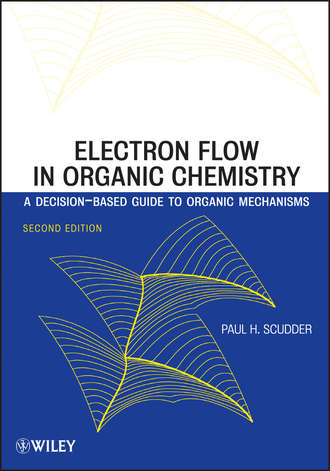Electron Flow in Organic Chemistry. A Decision-Based Guide to Organic Mechanisms
Paul Scudder H.
Sets forth the analytical tools needed to solve key problems in organic chemistry With its acclaimed decision-based approach, Electron Flow in Organic Chemistry enables readers to develop the essential critical thinking skills needed to analyze and solve problems in organic chemistry, from the simple to complex. The author breaks down common mechanistic organic processes into their basic units to explain the core electron flow pathways that underlie these processes. Moreover, the text stresses the use of analytical tools such as flow charts, correlation matrices, and energy surfaces to enable readers new to organic chemistry to grasp the fundamentals at a much deeper level. This Second Edition of Electron Flow in Organic Chemistry has been thoroughly revised, reorganized, and streamlined in response to feedback from both students and instructors. Readers will find more flowcharts, correlation matrices, and algorithms that illustrate key decision-making processes step by step. There are new examples from the field of biochemistry, making the text more relevant to a broader range of readers in chemistry, biology, and medicine. This edition also offers three new chapters: Proton transfer and the principles of stability Important reaction archetypes Qualitative molecular orbital theory and pericyclic reactions The text's appendix features a variety of helpful tools, including a general bibliography, quick-reference charts and tables, pathway summaries, and a major decisions guide. With its emphasis on logical processes rather than memorization to solve mechanistic problems, this text gives readers a solid foundation to approach and solve any problem in organic chemistry.
- Категория: зарубежная образовательная литература
- Правообладатель: John Wiley & Sons Limited
- Возрастное ограничение: 0+
- ISBN: 9781118355015
- Легальная стоимость: 5225.94 руб.





